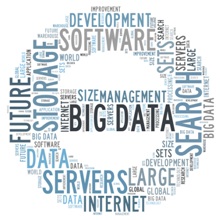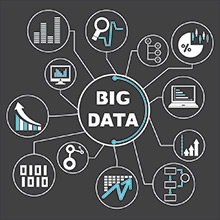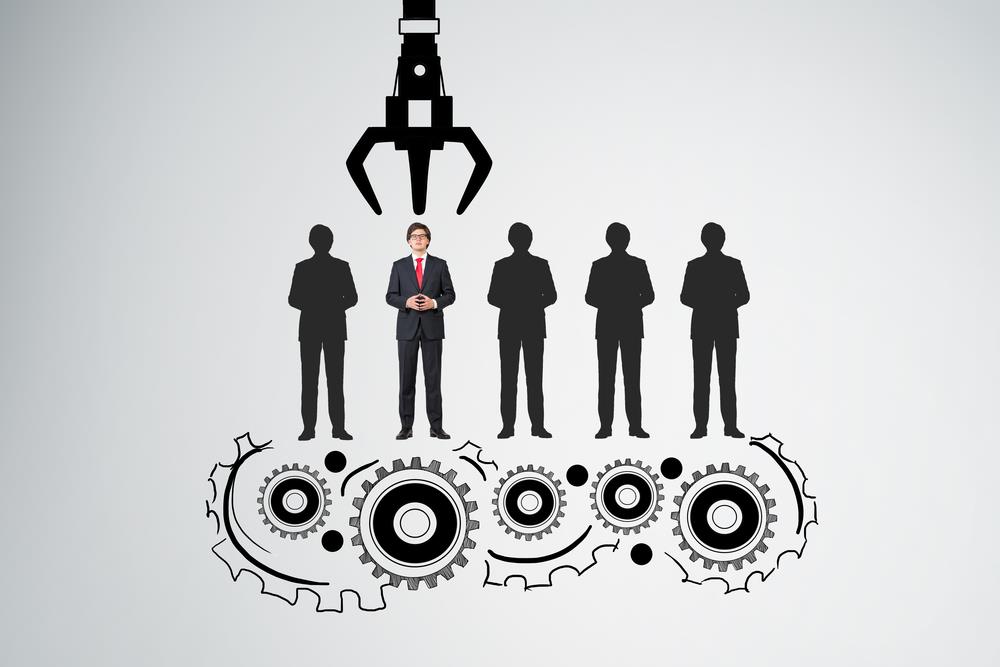Digital Transformation is radically transforming the global business landscape. Enterprise executives in almost all the industry verticals are leveraging the key levers of Digital Transformation including Social Platforms, IoT, Mobility, Cloud, and Analytics to increase the performance and reach of their business. The adoption and usage of these disruptive technologies in the right time and at the right place enables organizations to increase business agility, provide better customer experience, and identify new business opportunities.
In spite of increasing inclination towards the benefits that Digital Transformation brings in, finding the right approach to embrace Digital Transformation in its true essence is still a daunting challenge for many industry players. Business Process Management is an area which digital transformation can play a key role. However, in many organizations there exists a lot of confusion around how to achieve Digital Transformation in Business Process Management (BPM). In this blog, we’ve come up with a framework you can consider while you opt for Digital Transformation in BPM
What is driving the Digital Transformation in BPM?
BPM is a collaboration between processes, applications, and people. Digital Transformation in BPM world refers to transforming the business operations, services and models by acclimating the technical advancements in the business to leverage the ripples they created across the globe.
As, BPM cuts across different functional areas like Customer Relationship Management, Enterprise Resource Planning, Supply Chain Management, Enterprise Content Management and much more, digital transformation in BPM would also refer at enabling transformation in all these areas. SMAC, BPM on Cloud, IoT-BPM and Robotic Process Automation/Cognitive Process Services are providing opportunities to discover new business models in BPM. If we think about the key drivers of Digital Transformation in BPM, we can say that Technology modernization plays a key role in this. With enhanced technologies, organizations start rethinking their existing business models and will explore new and improved ways to do the business. However, digital transformation is not just introducing latest technology trends into an organization, but it is also about implementing the cultural change. It is about how these modern technologies are accepted and used by different people in the system. The change in customer expectations with respect to the service/product offerings, ease of use and the level of convenience it can offer are also the factors that drive DT. The internal and external actors and factors like employees, management, business competitors, business partners, customers, government regulations, laws etc. also play a key role in framing the appropriate DT strategy in any organization. Last but not the least, the increasing cost and competitive pressures also act as a key driver in enabling Digital Transformation in organizations of all size.
The 7 Step Framework to Digital Transformation of Business Process
To enable the digital transformation, an organization require a solid strategy which connects the gaps between the different entities including people, departments, information, processes and technology.
Below is the frame work to transform business processes digitally.
- Realize – To enable a successful DT strategy organizations need to have a clear understanding on how the things are happening/changing in their areas of business. Apart from this, they need to understand, how competitors are doing the same business. They should also look at different geographies to know how the same business is getting done and should be open to admit where they are standing now on a competition perspective. This realization will throw light in to the factor what needs to be adopted and what needs to be transformed from their existing ecosystem.
Outcome – Outcome of this stage would be the decision of whether they need to go for Digital Transformation or not with the required supporting documentation.
- Analyze – The second step involves an in depth analysis on what organizations can do better with the current business processes. They should scrutinize the existing processes and understand about the technology strengths they currently possess. Based on this info, they need to identify what technology advancements can be adopted to bring positive changes in business including better revenue, enhanced customer experience and business agility.
Outcome – Outcome of this stage would be the information regarding the Key improvement areas of your business to increase the sales, performance and customer experience.
- Recognize – In the journey of Digital Transformation in BPM, organizations need to identify the changes they can make in your processes/business to make it better. These changes includes, activities, approvals, documentation, interactions, communications, reminders, status updates etc. This requires performing many actions like –
-
- Studying the existing business processes. Identify how to eliminate the paper based inputs, outputs, approvals, status updates, reminders
- Involving key stake holders into the game. Seek inputs from customers, partners, employees
- Study Technology updates. Understand latest technology innovations and their usage and how they can help in the business
- Identify the technologies, technical products that can be used in the business
- Review and redefine product, service offerings if required even business model
However the focus should be on finding changes to increase the sales/revenues, but not on saving operating cost. Once you identified the changes to increase sales/revenues, you can think about how to minimize the operating cost while implementing those changes. But primary motive should not be on how to minimize the operating cost without thinking about growing sales/revenues.
Outcome – A list of changes are required. These changes would include list of processes, list of activities and business model changes.
- Prioritize – The fourth step is all about prioritization. As part of this, organizations need to re-think on the identified changes, do the cost benefit analysis, assess your capabilities, resources, budgets etc. and then based on this they need to prioritize. They need to have discussions with key stake holders and come up with road map for the changes they want to implement. Key Stake holders includes, Business Teams, Operations Teams, Management Team, Customers, Partners, End Users, Customer’s Customers, and Govt. Bodies.
Outcome – A clear road map for the identified changes
- Publicize – The fifth step involves the publicizing angle of the changes that an organization is trying to bring in the digital transformation front. It should be explanatory and demonstrative regarding the benefits of the changes. It should also focus on educate and supporting the people to re-invent themselves to do tomorrows digital business.
Outcome – Trained team to do the tomorrow’s digitally transformed business
- Implement – This stage refers to implementing the changes. It involves getting the required budgets, identifying the teams responsible for the implementation, re-designing of the processes with the identified changes and doing the technical implementation with identified technologies and technical products. The changes should also be tested with the help of the required teams.
Outcome – The tested application is ready for deployment
- Roll-out – The final step in the framework is all about making the new system available for production usage. This also involves devising of a clear roll-out plan with clearly identified roles, responsibilities and timelines. Below are the few guide lines to facilitate an easy and acceptable adoption of the process changes –
-
- Early communication helps – Much before the roll-out, all the actors in the system must understand the changes and core reasons of the changes and the benefits of the changes.
- Facilitate true adoption – Changes are very difficult. Find out and address the concerns to ensure the true adoption. Without true adoption by people, difficult to see the success of these changes.
- Roll-in works better than roll-out – We can have both the systems old and new, running simultaneously for some time. Deploy the key performers from the training programs in the new system. Thereafter, strategically increase the business transaction volumes in new system and reduce it from older system by rolling-in the people from old system to new.
Digital Transformation is the new buzz word and it is changing the way we do the business. By embracing Digital Transformation, organizations can optimize their existing operations, explore new business opportunities, extend their reach, and acquire valuable insights to take right decisions which helps in improving customer experience. The BPM in this age of digital transformation not only deals with the internal processes but also takes in to account the expectations of new gen customers. Driven by customers, fueled by IT and empowered by efficient processes, the digitally transformed BPM holds the power to take the business efficiency and customer experience to an enhanced level. We have multiple examples in front of us including Uber, OLA, and Netflix a few to name among them which redefined the traditional ways of doing business. . From all these we can also infer that early adopters are gaining the advantage of digital transformation and those who are left behind are struggling for their existence in this highly competitive digital world.
‘Either be the first or the best’ is the motto that every organization needs to follow while they plan to take their route to digital transformation. Change is inevitable and sooner or later every business would definitely embrace these changes.

Yugandhar Babu V R is a result driven software professional with 17 years of IT experience. Currently he is working as Architect in EAG team . He has experience in providing solutions in Business Process Management (BPM), Social Platform integrations, J2EE. Yuga holds Master’s degree in Computer Applications (MCA) from S.V University, Tirupati. You can reach him by email at [email protected]








